Kyoto, once the capital of Japan, is a city on the island of Honshu. It’s famous for its numerous classical Buddhist temples, as well as gardens, imperial palaces, Shinto shrines and traditional wooden houses. It’s also known for formal traditions such as kaiseki dining, consisting of multiple courses of precise dishes, and geisha, female entertainers often found in the Gion district.
Kyoto
Once the capital of Japan
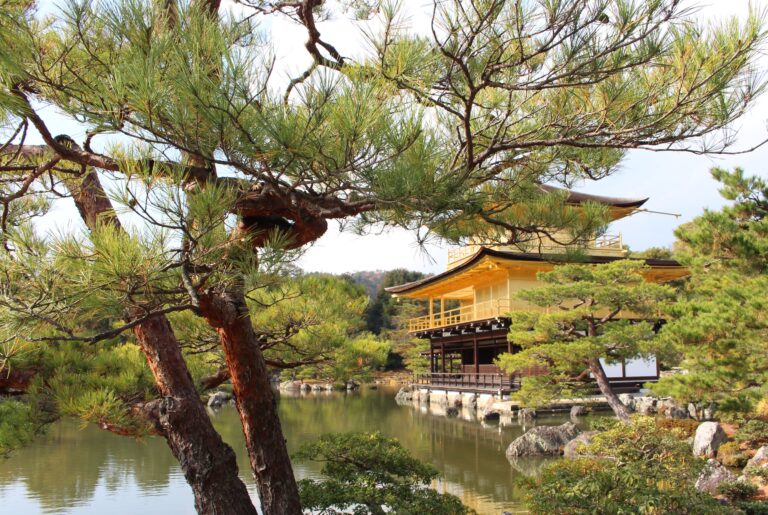
Kinkakuji
Golden Pavilion
Kinkakuji is a Zen temple in northern Kyoto whose top two floors are completely covered in gold leaf. Formally known as Rokuonji, the temple was the retirement villa of the shogun Ashikaga Yoshimitsu, and according to his will it became a Zen temple of the Rinzai sect after his death in 1408. Kinkakuji is an impressive structure built overlooking a large pond, and is the only building left of Yoshimitsu’s former retirement complex. It has burned down numerous times throughout its history including twice during the Onin War, a civil war that destroyed much of Kyoto; and once again more recently in 1950 when it was set on fire by a fanatic monk. The present structure was rebuilt in 1955.
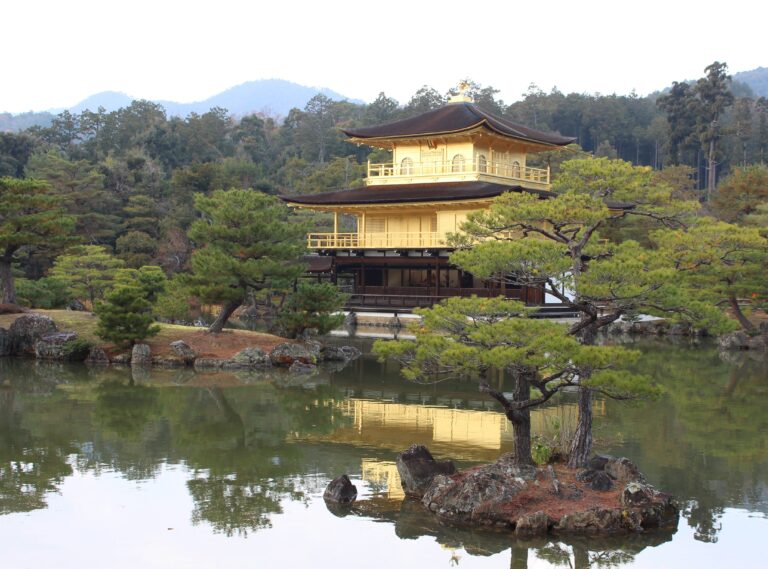
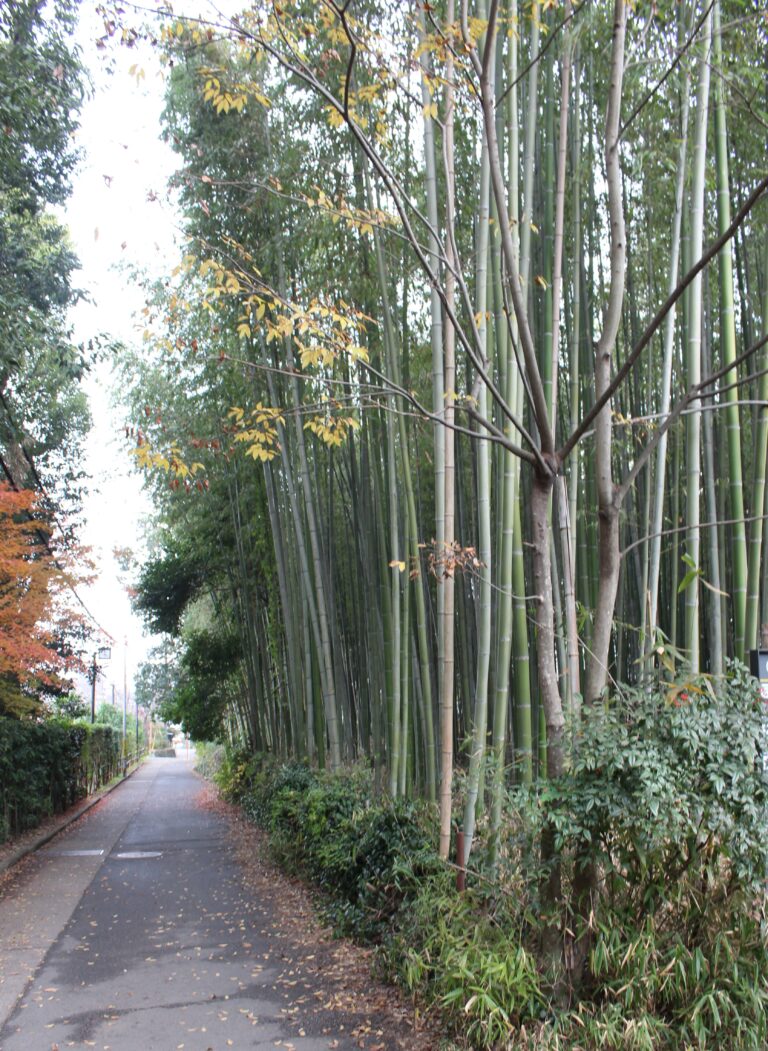
Arashiyama
Bamboo Grove
If you’ve been planning a trip to Kyoto, you’ve probably seen pictures of the Arashiyama Bamboo Grove – it’s one of the most photographed sights in the city. But no picture can capture the feeling of standing in the midst of this sprawling bamboo grove – I would not agree with the comment “the whole thing has a palpable sense of otherness that is quite unlike that of any normal forest we know of” That person must have visited in the morning before the crowds of people arrived.
Nijo Castle
Built in 1603
Nijo Castle (二条城, Nijōjō) was built in 1603 as the Kyoto residence of Tokugawa Ieyasu, the first shogun of the Edo Period (1603-1867). His grandson Iemitsu completed the castle’s palace buildings 23 years later and further expanded the castle by adding a five story castle keep.
After the Tokugawa Shogunate fell in 1867, Nijo Castle was used as an imperial palace for a while before being donated to the city and opened up to the public as a historic site. Its palace buildings are arguably the best surviving examples of castle palace architecture of Japan’s feudal era, and the castle was designated a UNESCO world heritage site in 1994.
Nijo Castle can be divided into three areas: the Honmaru (main circle of defense), the Ninomaru (secondary circle of defense) and some gardens around them. The entire castle grounds and the Honmaru are surrounded by stone walls and moats.
The Ninomaru Palace served as the residence and office of the shogun during his visits to Kyoto. Surviving in its original form, the palace consists of multiple separate buildings that are connected with each other by corridors with so called nightingale floors, as they squeak when stepped upon as a security measure against intruders. The palace rooms are tatami mat covered and feature decorated ceilings and beautifully painted sliding doors (fusuma).



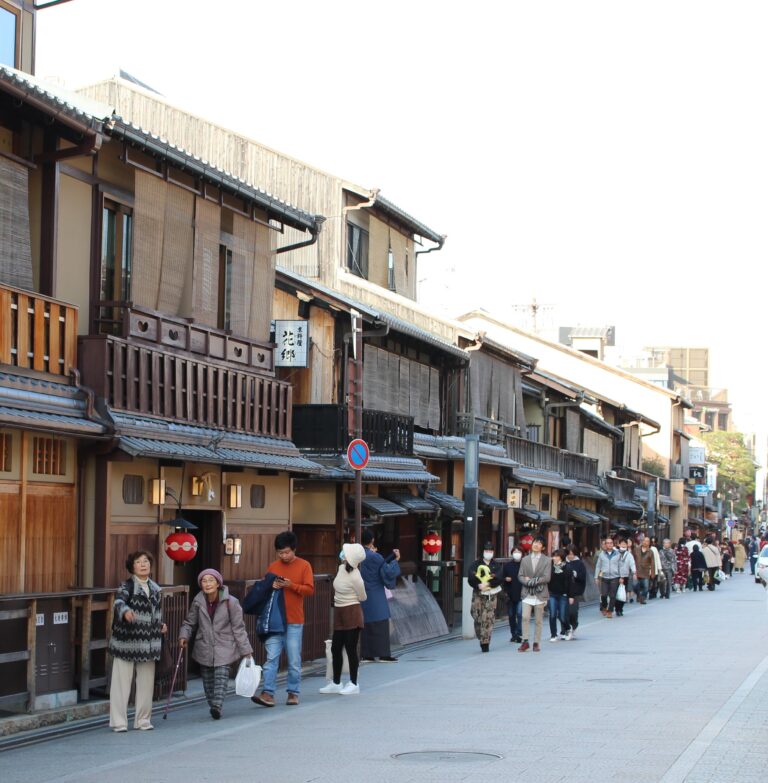
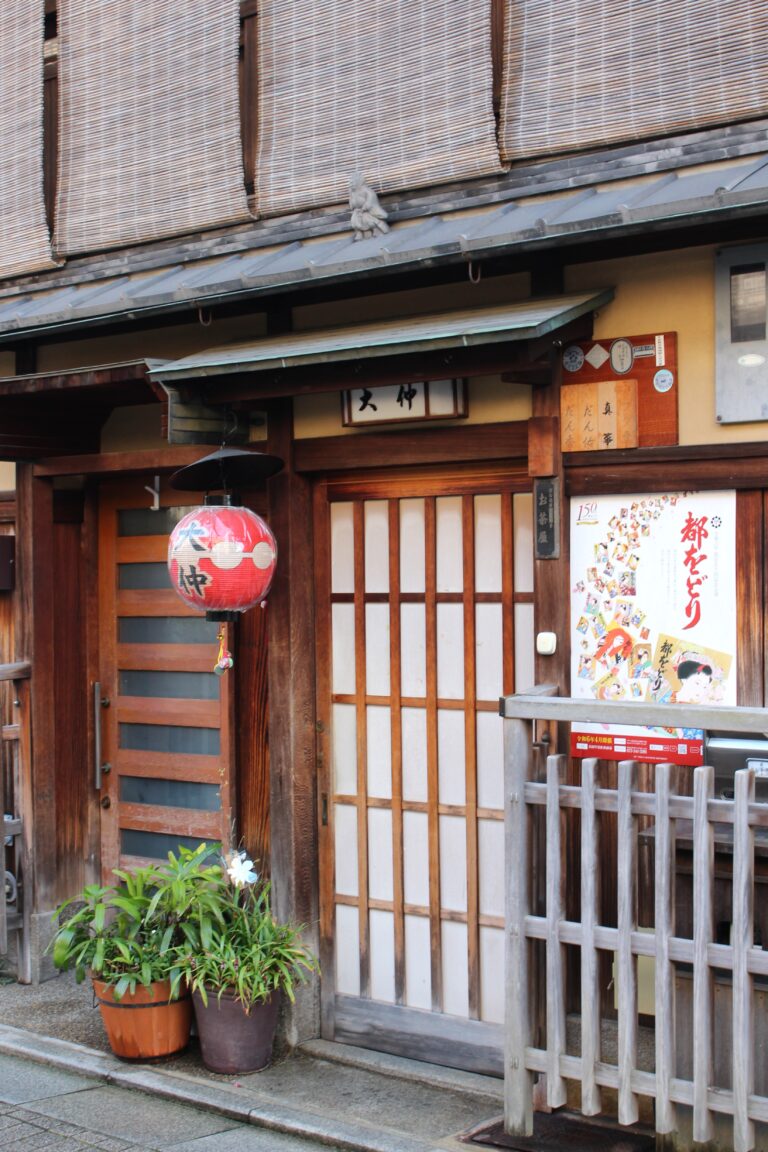

Gion
Geisha District
Gion (祇園) is Kyoto‘s most famous geisha district, located around Shijo Avenue between Yasaka Shrine in the east and the Kamo River in the west. It is filled with shops, restaurants and ochaya (teahouses), where geiko (Kyoto dialect for geisha) and maiko (geiko apprentices) entertain.
Gion attracts tourists with its high concentration of traditional wooden machiya merchant houses. Due to the fact that property taxes were formerly based upon street frontage, the houses were built with narrow facades only five to six meters wide, but extend up to twenty meters in from the street.
Many Japanese Tourists take the opportunity of hiring traditional kimonos
Yasaka Shrine
Founded over 1350 years ago
Yasaka Shrine (八坂神社, Yasaka Jinja), also known as Gion Shrine, is one of the most famous shrines in Kyoto. Founded over 1350 years ago, the shrine is located between the popular Gion and Higashiyama districts and is often visited by tourists walking between the two.
The shrine’s main hall combines the honden (inner sanctuary) and haiden (offering hall) into a single building. In front of it stands a dance stage with hundreds of lanterns that get lit in the evenings. Each lantern bears the name of a local business in return for a donation.
Yasaka Shrine is well known for its summer festival, the Gion Matsuri, which is celebrated every July. Arguably the most famous festival in the whole country, the Gion Matsuri dates back over a thousand years and involves a procession with massive floats and hundreds of participants. The shrine also becomes busy during the cherry blossom season around early April, as the adjacent Maruyama Park is one of the most famous cherry blossom spots in Kyoto.
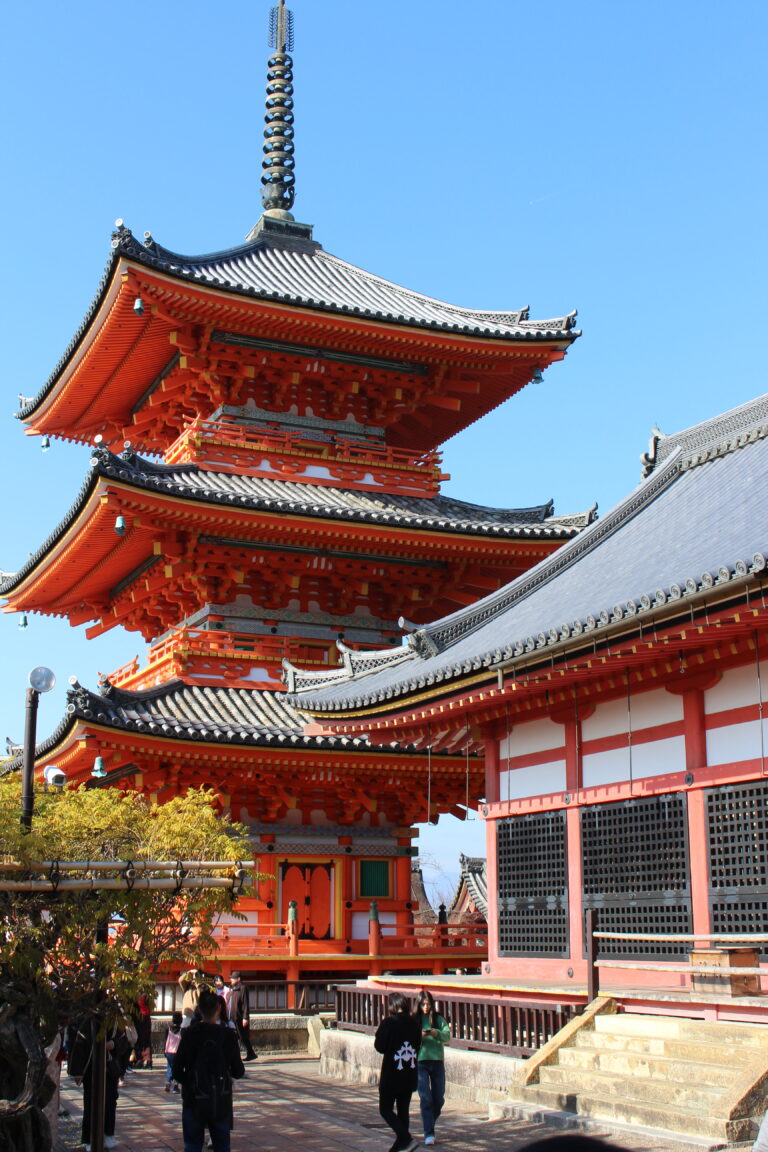
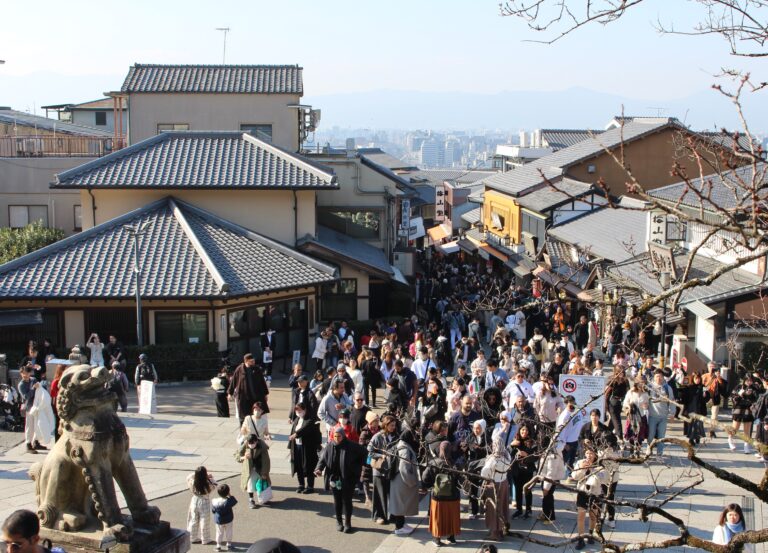
I will put together your travel to Japan, because I know there are ways to travel through Japan inexpensively.
Recommended Destinations
Explore my handpicked travel destinations below – curated for experiences
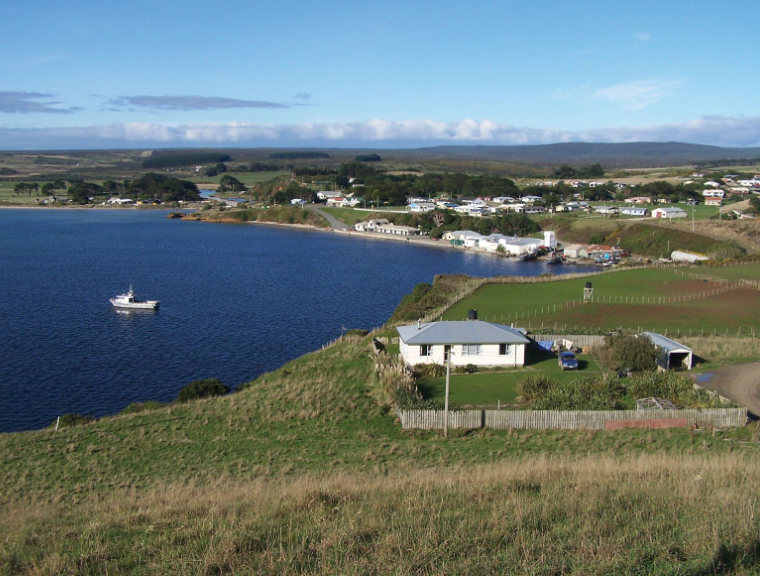
Chatham Island Tour, New Zealand
The remote location of Chatham Island means there is endemic flora and fauna, found nowhere else in the world.
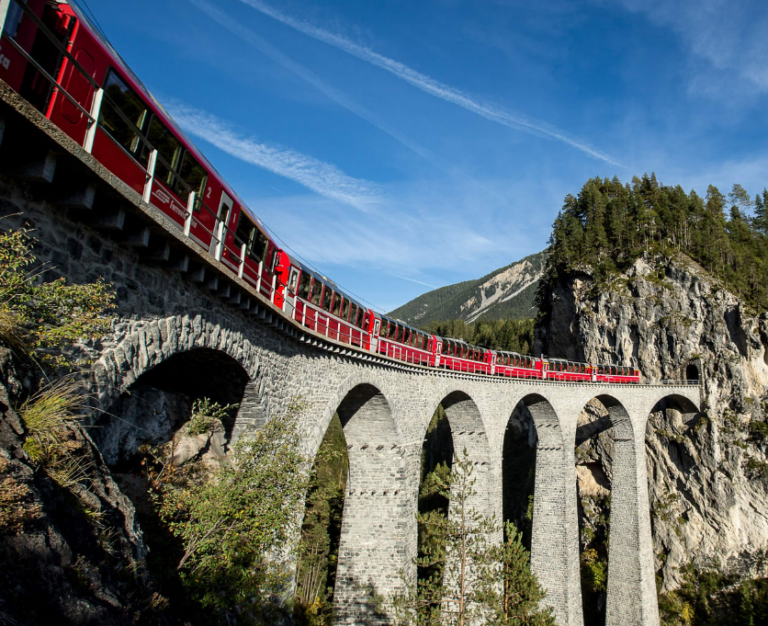
The Grand Train Tour of Switzerland
Your travel package includes train tickets, seat reservations where necessary and comfortable hotel accommodation.

Woman Only Small Group Tour
Embark on a journey designed exclusively by women, for women, where you’ll share the experience of a lifetime!
Get in Touch
For advice, quotes and special offers on airfares, tours, rail journeys and cruises, please complete the Contact Us form and I will be in touch.
